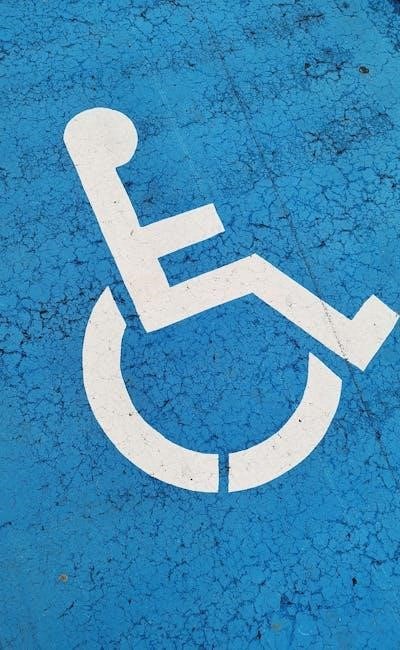
In today’s complex marketplace, ensuring product safety and compliance is paramount; It’s not merely about avoiding legal repercussions; it’s about building consumer trust, safeguarding brand reputation, and, most importantly, protecting end-users. This article details the multifaceted approach required to achieve robust quality assurance and navigate the intricate web of industry regulations.
The Foundation: Quality Control & Risk Assessment
A proactive approach begins with robust quality control processes integrated throughout the entire product development lifecycle. This starts with a thorough hazard analysis to identify potential risks associated with the product’s design, materials, and manufacturing. Following this, a comprehensive risk assessment evaluates the severity and likelihood of these hazards, informing mitigation strategies. Defect prevention is key – identifying and addressing potential issues before they manifest in finished goods.
Navigating Regulatory Landscapes
Regulatory standards vary significantly by industry and geographic location. Understanding and adhering to these safety regulations is crucial for legal compliance. This includes everything from material restrictions (like RoHS and REACH) to performance requirements. Standards compliance isn’t a one-time event; it requires continuous monitoring of evolving manufacturing standards and updates to internal procedures; Consumer protection laws are at the heart of these regulations, demanding accountability from manufacturers.
Testing & Certification: Demonstrating Safety
Product testing is a cornerstone of compliance. This encompasses a range of tests, including safety testing to verify adherence to safety standards, performance testing to ensure functionality, and durability testing to assess longevity. Conformity assessment confirms that the product meets specified requirements. Certification by accredited bodies provides independent verification of compliance, offering a valuable signal to consumers and regulators. Detailed documentation of all testing procedures and results is essential.
Supply Chain Integrity & Traceability
Supply chain management plays a critical role. Manufacturers must ensure that all suppliers adhere to the same stringent quality control standards. Traceability – the ability to track a product’s components and history – is vital for identifying the source of defects and facilitating effective recall procedures. Regular compliance audits of suppliers are essential to verify adherence to agreed-upon standards.
Proactive Compliance Management
Effective compliance management requires a dedicated team and a systematic approach. This includes:
- Developing and implementing safety protocols.
- Maintaining comprehensive documentation.
- Conducting regular internal audits.
- Staying abreast of changes in industry regulations.
Mitigating Product Liability
Despite best efforts, defects can occur. Having well-defined recall procedures in place is critical for minimizing the impact of a product safety issue and mitigating product liability risks. Prompt and transparent communication with consumers and regulators is essential. Robust documentation serves as evidence of due diligence.
Ultimately, prioritizing product safety and compliance isn’t just a legal obligation; it’s a fundamental aspect of responsible manufacturing and a commitment to consumer well-being.




This is a really well-written overview of a critical topic! It
Excellent article! I appreciate the emphasis on continuous monitoring of regulations. It